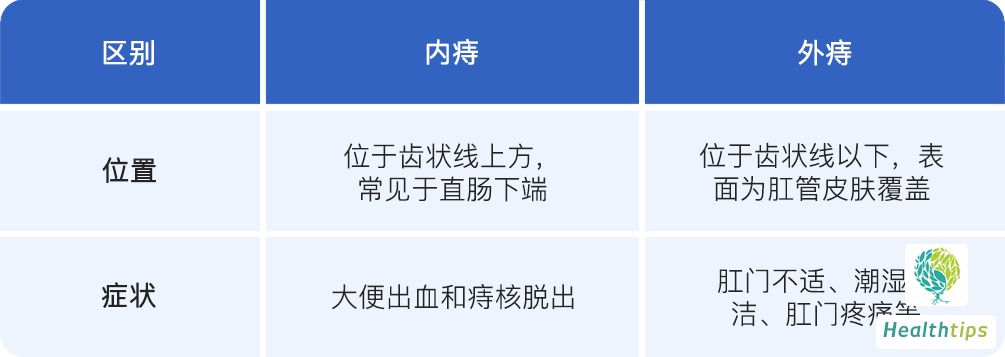What Are the Benefits, Effects, and Contraindications of Ricefield Eel?
Rice field eel contains a large amount and variety of amino acids. Consuming rice field eel regularly can help prevent and treat angular cheilitis, glossitis, and other diseases. It also has a certain improvement effect on anemia and malnutrition. Rice field eel contains relatively low fat, so it is safe for patients with hypertension and coronary heart disease to consume. The eelatin in rice field eel can also regulate blood sugar levels bidirectionally.

1. Rice field eel contains multiple amino acids, especially a high content of histidine, which gives it a rich and delicious taste. Regular consumption of rice field eel can effectively prevent and treat angular cheilitis, cheilitis, glossitis, balanitis, and seborrheic dermatitis. It also aids in the recovery of patients with anemia, weight loss, appetite loss, and malnutrition.
2. Rice field eel has a very low fat content, making it suitable for patients with hypertension, coronary heart disease, and other conditions. Eelatin extracted from rice field eel can not only lower blood sugar but also restore the physiological function of regulating blood sugar in patients, allowing those with high blood sugar to lower it and those with low blood sugar to raise it.
1. When eating rice field eel, it is essential to consume live ones. Dead rice field eel can produce a toxic substance called "histamine" under the action of bacteria, which can cause poisoning after consumption. Rice field eel must be thoroughly cooked, as uncooked rice field eel can cause anorexia and other symptoms. People with external fever, dysentery, and other conditions should not consume rice field eel, as it may exacerbate their condition.
2. Uncooked rice field eel should not be eaten, as the cysticerci will not die. After digestion, the cysticerci will dissolve their shells and pass through the intestinal wall into the human body, causing disease. Symptoms such as fever, anorexia, and fatigue may appear half a month later. Lumpy nodules may appear on the neck, abdominal subcutaneous tissue, and abdomen, and they may move. This is medically known as "Puxing Diagnosis," indicating that the cysticerci have developed into adult worms, which can only be removed through surgery.



















